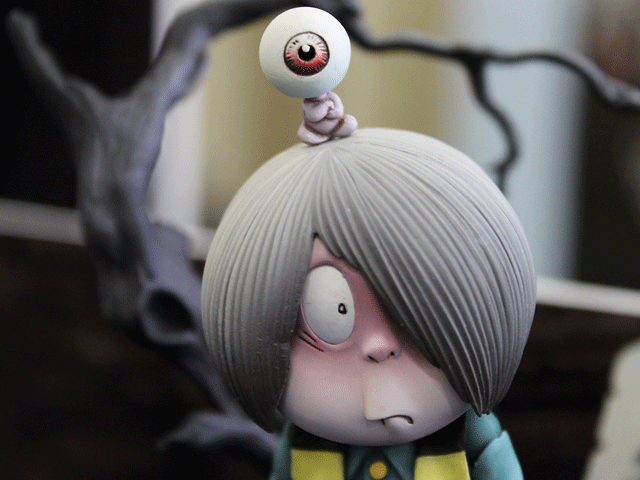The manga artist behind the iconic characters of the “Gegege no Kitaro” series died today at the age of 93.
A native of the town of Sakaiminato in Tottori Prefecture, Mizuki was born Shigeru Mura. In addition to his extremely popular “Gegege no Kitaro” series – which revolves around figures from the world of yokai, or traditional Japanese ghosts and monsters – Mizuki also created a series of autobiographical manga that detailed his experiences as a soldier with the Japanese Army in Papua New Guinea.
To say that Mizuki’s days as a soldier were difficult would be a gross understatement. He came down with malaria in the tropical environment and lost his left arm during a bombing raid. Yet he also managed to befriend the local people of Rabaul, in New Guinea, where he convalesced after losing his arm. His experiences during World War II were a recurring subject in his work.
Of course, he is best known by generations of children for the characters such as Kitaro, Medama-oyaji, and Nezumi Otoko, who have been appearing in manga, anime, and video game series for several decades. They were also used in Tottori and Shimane Prefectures as a way of promoting tourism in the areas – a fitting turnabout, given that Mizuki was said to have spent much of his youth in Tottori drawing and listening to ghost stories.
In a bold move, the artist penned a comic that addressed the issue of Japan’s wartime activities head-on, while using one of his characters from “Gegege no Kitaro” to tell the tale. In the 1991 piece, titled “War and Japan,” Nezumi Otoko (“Rat Man”) tells the tale of the violence committed by Japanese soldiers in China and Korea.
Later in his life, as depicted on Kotaku, the elderly manga artist – who was still working into this year – deftly made the move into social media, where he shared his enthusiasm for hamburgers and traditional Japanese sweets via his manga studio’s Twitter feed.
According to the Wall Street Journal, staff at Mizuki’s studio said that the artist died of heart failure after being hospitalized for a fall at his home in Tokyo.
You can see a vintage intro to the “Gegege no Kitaro” series from back in 1968 below:
–Alec Jordan
Image of a figurine of Kitaro and Medama-oyaji: www.1999.co.jp









